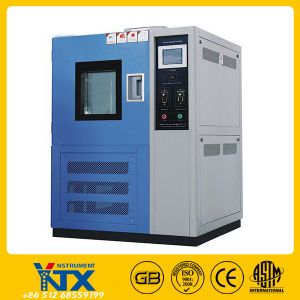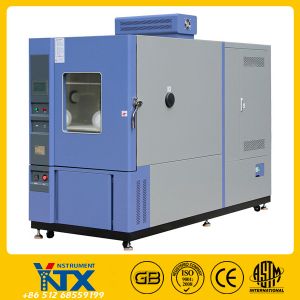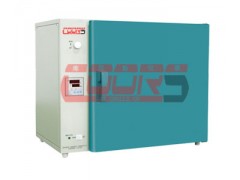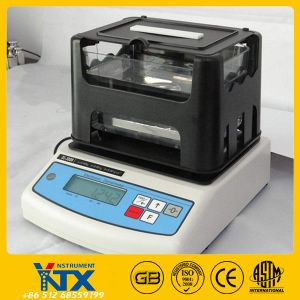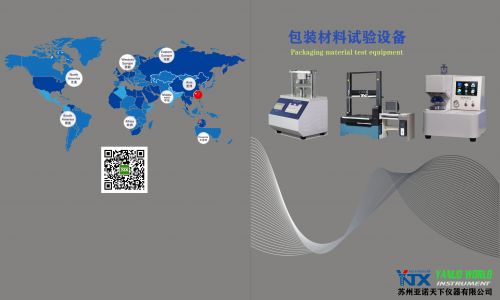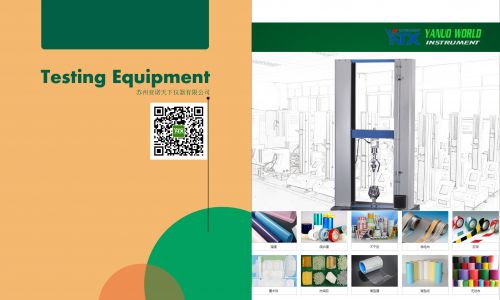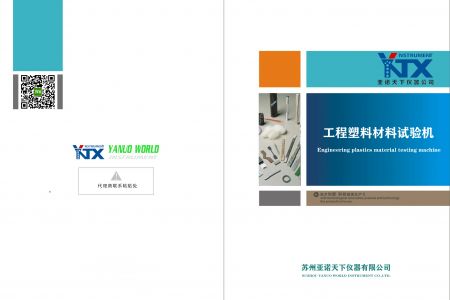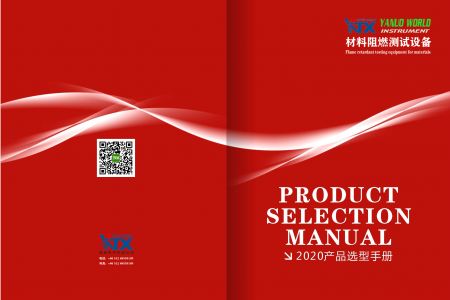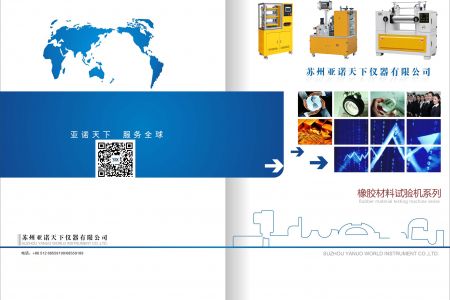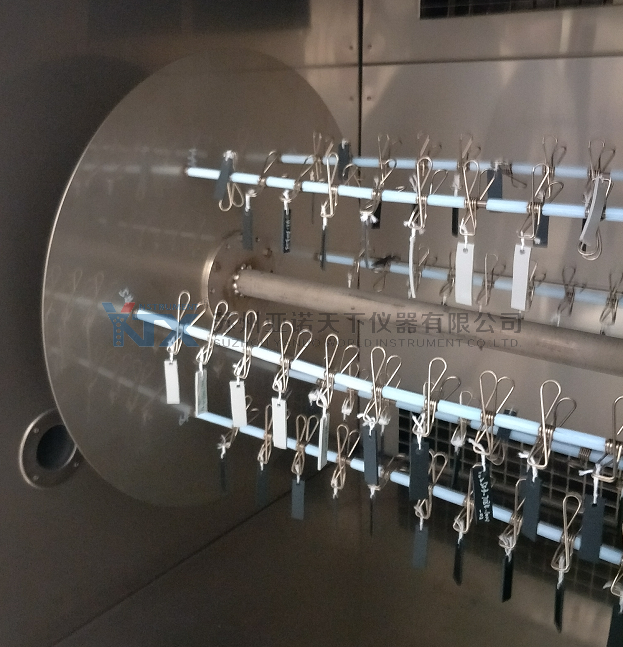
5.1x00a0;Under the severe conditions of this test method, the specimens undergo degradation at a rate that is dependent upon the thermal endurance of the polypropylene material under examination.
5.2x00a0;The thermal level of this test method is considered sufficiently severe to cause failure of commercial grades of heat-stable polypropylene within a reasonable period of time. If desired, lower temperatures can be applied to estimate the performance of polypropylene materials with lower heat stability.
5.3x00a0;The technique of specimen rotation described in this test method provides an estimate of the life-temperature relationship of polypropylene. If this test method is conducted at different temperatures on the same material, a more reliable estimate of the life-temperature relationship of polypropylene is determined. This test method can be conducted at several temperatures and the data interpreted through use of the Arrhenius relation, by plotting the logarithms of times to failure against the reciprocals of the temperatures in kelvins (K). Temperatures in the range from 100 to 150x00b0;C, with intervals of 10x00b0;C, are suggested for this purpose.
5.4x00a0;The stability as determined under the prescribed test method is not directly related to the suitability of the compound for a use where different conditions prevail.
5.5x00a0;The specimen rotation technique of thermal aging increases the probability that all specimens will be exposed similarly and that the effect of temperature gradients in an oven will be minimized.
1.1x00a0;This test method provides a means for estimating the resistance of polypropylene, in molded form, to accelerated aging by heat in the presence of air using a forced draft oven.
1.2x00a0;The stability determined by this test method is not directly related to the suitability of the material for use when different environmental conditions prevail and shall not be used to predict performance.
1.3x00a0;The values stated in SI units are to be regarded as the standard. The values in parentheses are for information only.
1.4x00a0; This standard does not purport to address all of the safety concerns, if any, associated with its use. It is the responsibility of the user of this standard to establish appropriate safety and health practices and determine the applicability of regulatory limitations prior to use.

